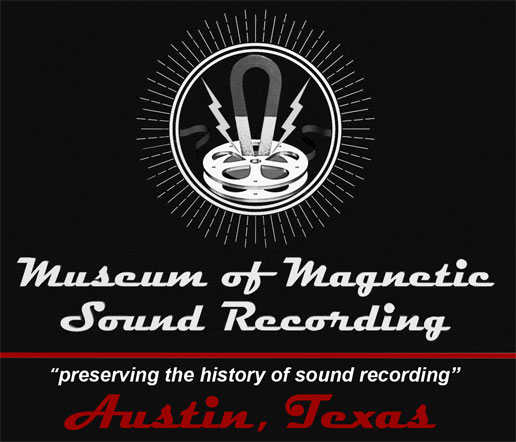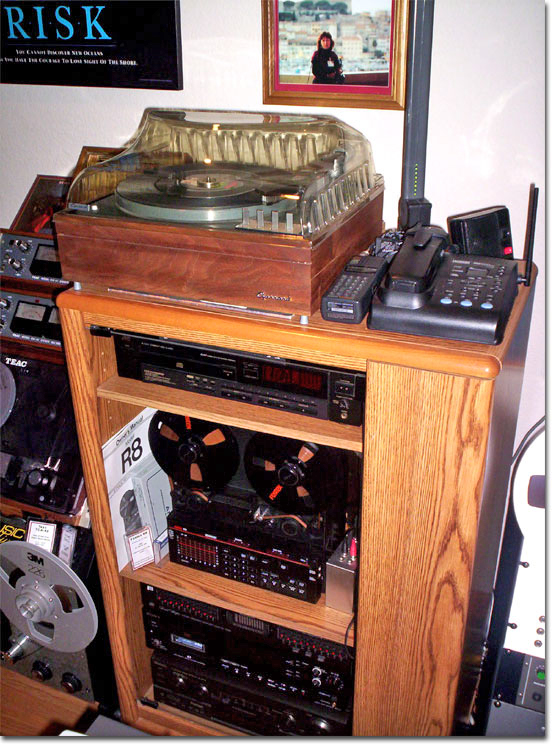
Acoustic Devices
|
Acoustic Devices |
|||
MOMSR - documenting reel to reel tape recorder history since 1998 |
||||
|
News coverage #1 • News coverage #2 • News coverage #3 •view trailer of the 7 hour collection Our MOMSR collection is available in a 7 hour video production divided by manufacturer and downloadable for $9.95 at this link view trailer of the 7 hour collection
Acoustic items in our Museum's collection Edison
Theophilus vintage collection Limited edition RCA Nipper from Harrod's, London • Francis Barraud Painting His Masters Voice with Nipper

On August 13th, Chris and Martin, two of MOMSR's Board of Directors, were treated to a tour of Jim Cartwright's Immortal Performances, Inc.'s collection of vintage acoustical devices. We had not asked to shoot any video in advance, however when we arrived and saw what Jim has, he gave permission to video our visit with Martin's iPhone. At some point it would be fun to re-shoot seriously. The collection is incredible! PLEASE NOTE: The Jim Cartwright collection is not associated with the Museum of Magnetic Sound Recording
Go to Record Cutters • Magnetic Film Recorders • Microphones • Reel Tape Recorders • Unique Recording Items • Wire Recorders |
|||||||
Tour our collection!
There are 50 QuickTime H264 854 X 480 files in this download. Play on MAC OS or Windows Media Player While most content deals with the history and manufacturers of the reel to reel tape recorder, or tape deck, we cover many aspects of magnetic recording.
© 2018 Museum of Magnetic Sound Recording • Webmaster • All pictures and content on this web site are the property of the Theophilus family,the Museum of Magnetic Sound Recording and reel2reeltexas.com • Photos of items in our collection are available for sale. We do NOT provide copies of ads, nor photos from other sources! All photo work is billed at studio rates and a deposit is required.
|
|||||||